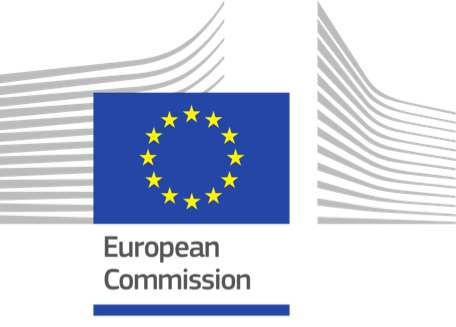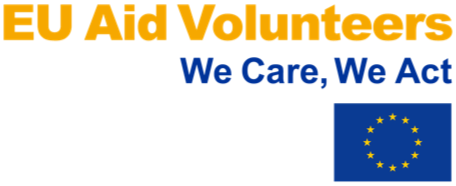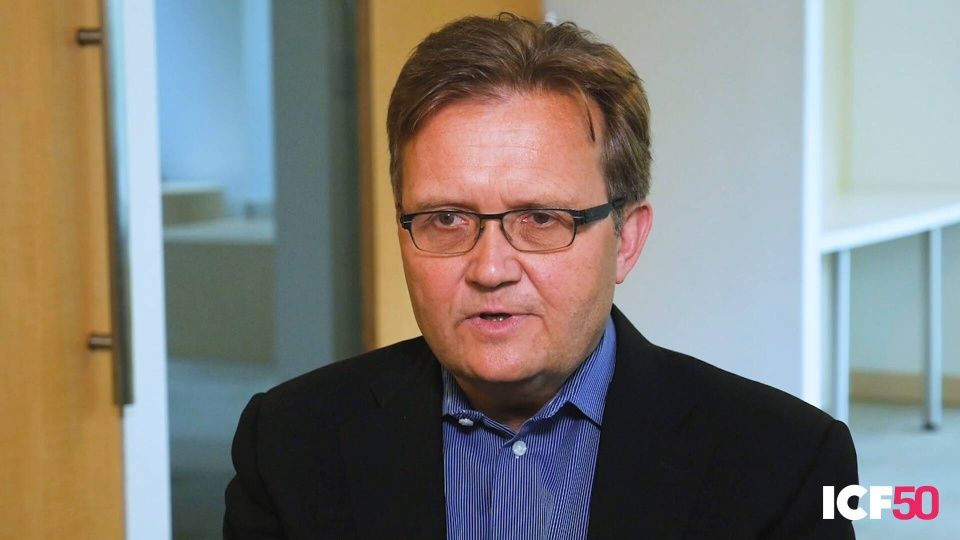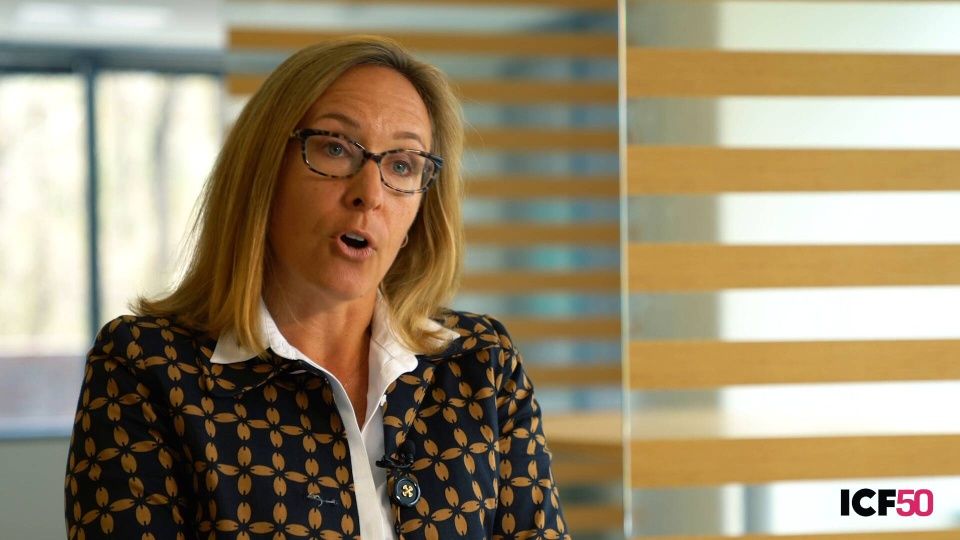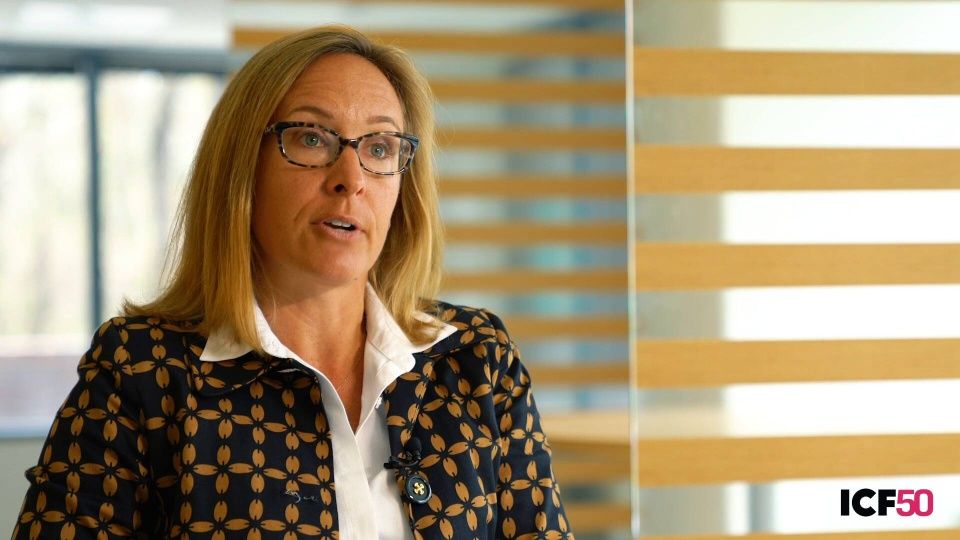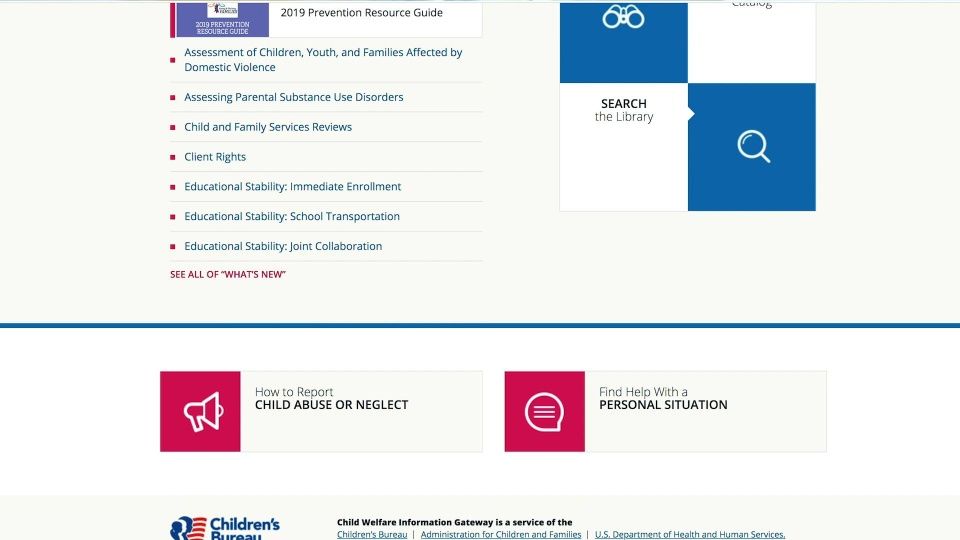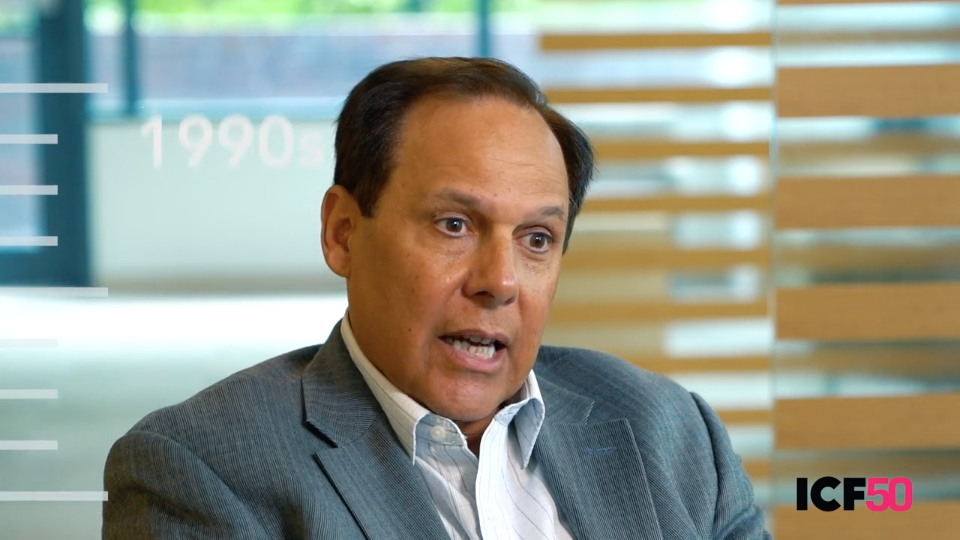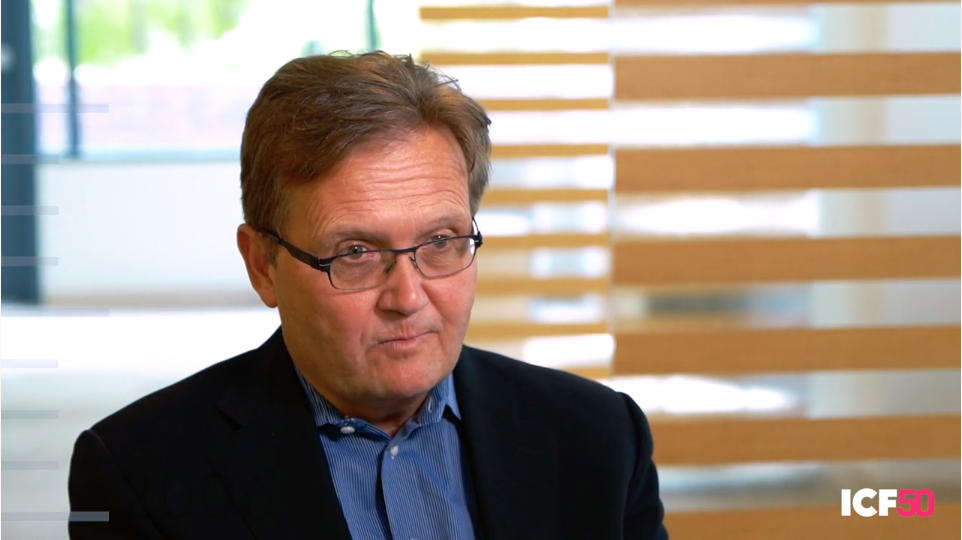50+ years of impact


Our first president was Clarence “Lucky” Lester, a member of the Tuskegee Airmen in World War II. He earned his nickname after flying more than 90 missions without being hit. He also downed three enemy aircraft in less than six minutes. Outside the military, “Lucky” was known as “Les” by friends and family. He was a passionate photographer and had an affinity for fast cars.
In 1969 Lucky partnered with Donald “Don” Ogilvie, Herbert S. “Pug” Winokur Jr., and Bruce Caputo — the four individuals knew one another from business school and from working at the Pentagon — to establish the Inner City Fund. Our founders, who did not take any outside funding to start the company, sought to finance minority-owned businesses in the nation’s capital. In 1972 we diversified and went into consulting, changed our name to ICF Incorporated, and became a well-respected advisor to a number of U.S. federal agencies.
Some of our early clients included the National Security Council, the Office of Child Development, the National Academy of Sciences, the Federal Maritime Commission, and the District of Columbia Public Schools system. By the mid-1970s, our founders were less involved in the business, pursuing other passions and career ventures. According to co-founder Bruce Caputo, they had no idea how big ICF would become.
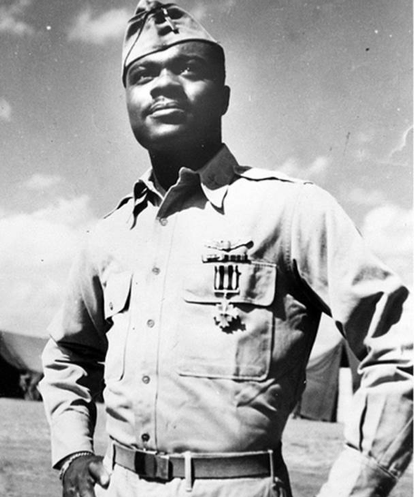
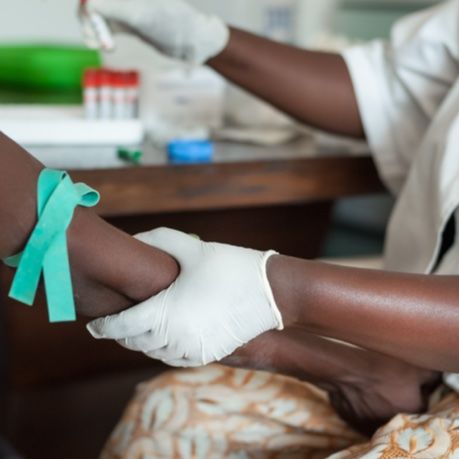
During the 1970s U.S. federal agencies ramped up their regulatory activity — including at the newly created Environmental Protection Agency (EPA), established in 1970, and the Department of Energy (DoE) which was established in 1977. We partnered with these agencies early on to help drive results in energy, climate, and the environment. Other early clients included the U.S. Department of Health, Education and Welfare (with functions now found in Department of Health and Human Services as well as Education); the U.S. Department of Labor; the U.S. Department of Transportation; the United States Agency for International Development (USAID); and The White House. While U.S. federal, state, and local governments comprised most of our client base during these years, we performed about 10 percent of our work for the private sector.
In the late 1970s and early 1980s we took on more ambitious projects as our expertise and capabilities grew, specifically in energy modeling and forecasting. In 1977 we worked with the Federal Energy Administration (FEA) and the Energy Research and Development Administration (ERDA) – both eventually merged under the U.S. Department of Energy (DoE) – to help develop the Coal and Electric Utilities Model (CEUM), a policy planning tool that projects future energy use by fuel type. Around the same time we created supply and demand forecasting models for U.S. natural gas markets (initially as Energy and Environmental Analysis, Inc. (EEA) later acquired by ICF) that were formalized in 1997 as the Gas Market Model (GMM). At the time, it was believed the U.S. was running out of natural gas, and the Fuel Use Act of 1978 prohibited the use of natural gas as a fuel for electric power plants. The CEUM and GMM preceded the Integrated Planning Model (IPM), which launched 10 years later. We also did much of the analytical and policy-related work that supported early implementation of the Comprehensive Environmental Response, Compensation, and Liability Act (CERCLA) of 1980. Informally called Superfund, CERCLA gives EPA the funds and authority to clean up contaminated sites that pose risks to human health and the environment.
In 1984 we partnered with USAID to implement the Demographic and Health Surveys (DHS) Program (initially as Macro International, Inc., later acquired by ICF), our longest-held continuous contract. Over the last 35 years, working in 90 countries, we have collected, analyzed, and disseminated critical data on important health topics such as fertility, family planning, maternal and child health, gender and domestic violence, HIV/AIDS, malaria, nutrition, and environmental health. Health and government officials use the survey data to make important decisions to improve the overall health and economic status of populations in developing countries.
Also in 1984 under contract with the Commission on Wartime Relocation and Internment of Civilians, we estimated the economic losses to Japanese Americans interned during World War II. Additionally, in conjunction with the EPA, we published the groundbreaking book Greenhouse Effect and Sea Level Rise: A Challenge for this Generation, that was decades ahead of its time in its investigation of the potentially catastrophic implications of the “greenhouse effect” and the impact of global warming on sea levels.

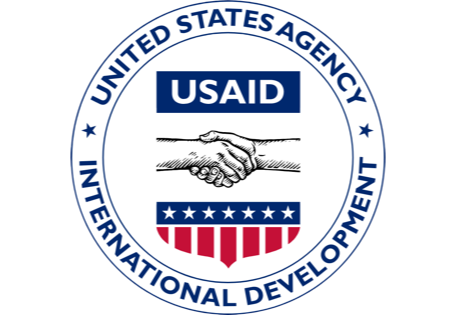
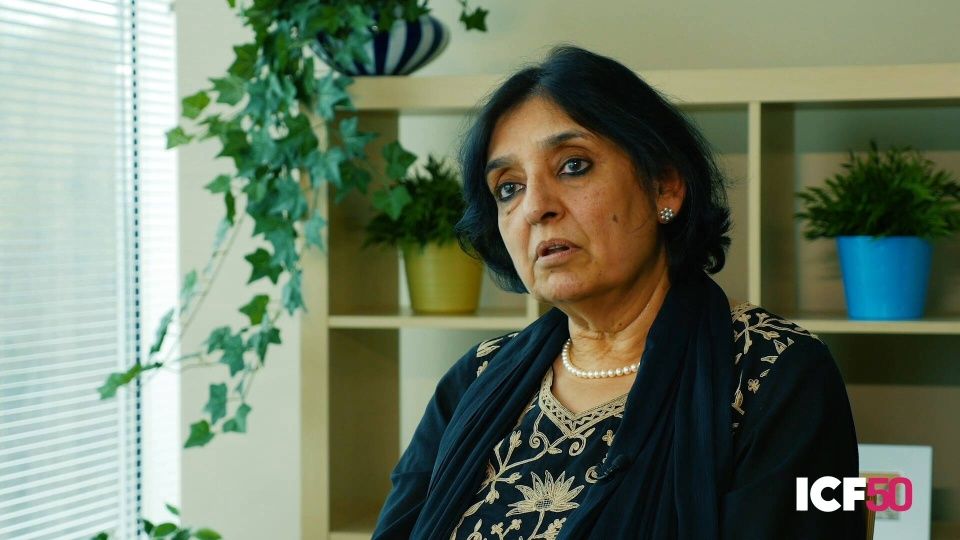
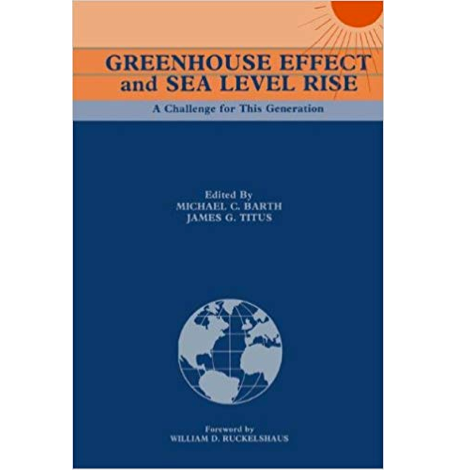

We expanded our portfolio (and our team) in the 1980s and 1990s, performing exciting work for the U.S. government and the private sector. In 1985 we founded our housing division, providing technical assistance, training, and research for rental and homeownership affordable housing programs on behalf of the U.S. Department of Housing and Urban Development (HUD). We earned our first million-dollar technical assistance contract with HUD in 1989 which led to decades of work at the local, state, and federal levels supporting some of the nation’s important housing and community development issues. What started as a one-person team with a small revenue stream quickly grew to a significant practice and one of our core offerings. The work we started in the 1980s planted the seeds for the robust community development and disaster recovery work we continue today.
We outgrew our offices in downtown Washington, D.C. and relocated to our existing headquarters in Fairfax, Virginia, just outside the nation’s capital, in 1987. We continued to accelerate our climate, energy, and environment work while expanding our work in health and human services in the public sector. During this time we began to build on our advisory services with program management and implementation work that grew rapidly throughout the decade.
In 1987 we developed the first Integrated Planning Model (IPM) of the North American power, fuels, and environmental markets. IPM – built on the modeling work we did in the prior decade – created a common analytical platform used by both the U.S. government and the power sector to analyze various policy scenarios associated with the U.S. Clean Air Act amendments. In the mid 1980s we developed a model that integrated scientific estimates of the effects of ozone depletion on agriculture and human health with estimates of the benefits and costs of reducing ozone emissions. This analysis was used by the EPA in its work on the 1987 Montreal Protocol on Substances that Deplete the Ozone Layer, a global agreement across all United Nations (UN) members to protect the stratospheric ozone layer by ending the production and use of ozone-depleting substances. Some of the support for this work included training and technical assistance in Latin America and China, demonstrating our early international focus.
Two years later we worked with the EPA to create the first-ever U.S. national greenhouse gas (GHG) inventory to help inform climate change policy, an index that we continue to compile today. Around the same time, we acquired Lewin and Associates, a consulting firm specializing in health care and energy issues. In 1988 we acquired Kaiser Engineers. This allowed us to provide implementation support — primarily for large engineering and construction projects — associated with our existing work in energy and environment. A new company called ICF Kaiser was formed and the consulting business became one of three divisions within the parent company. In 1989 ICF Kaiser went public.
But it wasn’t all about climate and energy; we also expanded our scope in health and human services during this time. In 1990 ICF began operating and managing the Child Welfare Information Gateway (initially as Caliber Associates, later acquired by ICF), an online library with hundreds of thousands of resources dedicated to protecting children and strengthening families. In 1990 we also implemented The Behavioral Risk Factor Surveillance System (BRFSS) (initially as Macro International, Inc., later acquired by ICF), a powerful tool for targeting and building health promotion activities across the nation, on behalf of the Centers for Disease Control (CDC).

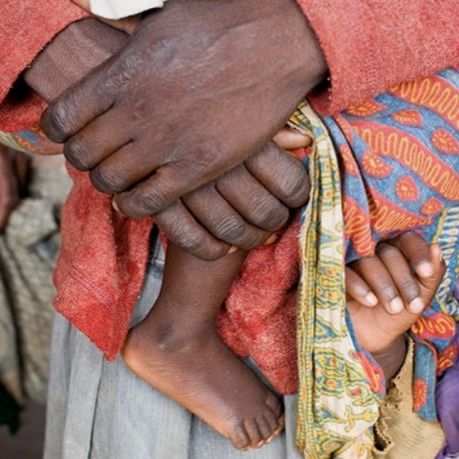



Following the launch of projects like the greenhouse gas inventory in the prior decade, U.S. federal agencies like the Environmental Protection Agency (EPA) and the Department of Energy (DoE) pursued non-regulatory approaches to motivating the energy industry and consumers to adopt energy efficient products and approaches.
For ICF this meant supporting the development of voluntary programs like ENERGY STAR. In 1992 we worked with the EPA to launch the ENERGY STAR program which helps customers save money and protect the climate by purchasing highly energy-efficient products and services. To support the program’s launch we developed a communications and marketing capability that worked with the U.S. government and the energy industry to incentivize its adoption. Over time our energy efficiency work expanded beyond EPA to include utilities and individual states across the U.S. Since 1992 ENERGY STAR and its commercial partners have helped American families and businesses save nearly 4 trillion kilowatt-hours of electricity and achieve more than 3 billion metric tons of greenhouse gas reductions. This is equivalent to taking more than 600 million cars off the road for a year – more than twice as many as were on U.S. roads in 2018. We continue to support the ENERGY STAR program while working with utilities across the U.S. to plan and manage energy efficiency programs.
In 1994, The Commonwealth Fund selected ICF to be the National Program Office for a new national initiative focused on the importance of the first three years of life. We worked with The Commonwealth Fund, the Boston University School of Medicine, and the Johns Hopkins Bloomberg School of Public Health to design and implement Healthy Steps for Young Children.
In 1996 we began an ongoing partnership with the U.S. Army Research Lab (ARL) (initially as Jacob & Sundstrom, Inc., later acquired by ICF), greatly expanding our cybersecurity capabilities. We collaborated with ARL to research, test, and apply new technologies to support U.S. national defense. In 1999 we implemented The National Adult Tobacco Survey (NATS) (initially as Macro International, Inc., later acquired by ICF), the first nationwide adult tobacco survey in the U.S., on behalf of the Centers for Disease Control and Prevention (CDC). One year later, we worked with the CDC to deploy the National Program of Cancer Registries, Cancer Surveillance System (NPCR-CSS) (initially as Macro International, Inc., later acquired by ICF), one of the agency’s largest disease surveillance systems, to help policymakers and researchers make timely and informed decisions regarding patient care. Both projects were initially started by Macro International, Inc., later acquired by ICF.
While the consulting part of our business continued to thrive, the two engineering divisions within ICF Kaiser struggled. In June of 1999 the consulting management team led a leveraged buyout of the consulting arm, in partnership with CM equity, splitting from ICF Kaiser. Some 35 senior managers supported the transaction with their own financial contributions. We returned to being a privately-held consulting company named ICF Consulting, and Sudhakar Kesavan was named CEO. This enabled us to control our own destiny and focus on growing our core consulting business.
Four years later, in 2003, we started a relationship with the Office of Head Start (initially as Caliber Associates, later acquired by ICF), that continues today. For more than 15 years we have supported Head Start programs in multiple regions across the U.S. to help the nation’s most at-risk populations achieve the highest-possible performance in school readiness, child welfare, family engagement, professional development, and community support. Services include language and literacy learning, healthy meals, and financial planning. Head Start today supports roughly 1 million people, including children under the age five and expectant mothers.



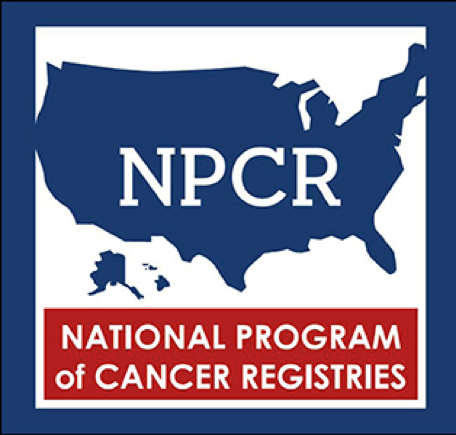
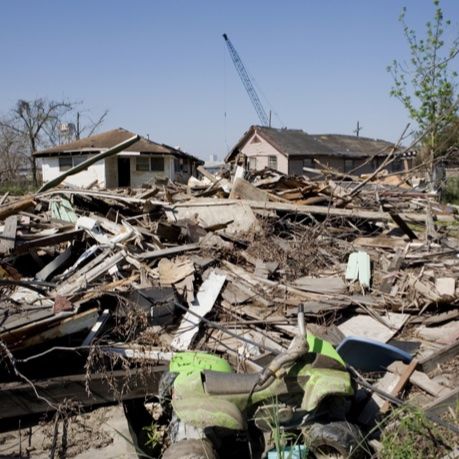
The 2000s were a time of rapid growth for us. Following the leveraged buyout of 1999 we acquired several companies to add subject matter expertise and implementation skills to our offerings. We acquired two divisions of Arthur D. Little (2002) strengthening our environment, energy, applied technology and program management capabilities. In 2005 we acquired Synergy, Inc., enabling ICF to provide mission-critical and technology-based solutions for the U.S. Department of Defense and other federal and state agencies. Also in 2005 we acquired Caliber Associates, enhancing our IT and workforce offerings for the U.S. Defense, Education, Health and Human Services and Justice departments.
In 2004 we opened an office in New Delhi to provide analytical support to the U.S. energy team and help grow our work in the India region where we saw long-term opportunity. Our team in India has been involved in several high-profile projects including developing a masterplan for the national gas grid on behalf of the Indian government and working with the Department for Internal Development (DFID) on various programs. Today, the India team – with locations in New Delhi and Bangalore – supports all divisions across ICF such as energy, aviation, climate, education, and health.
In 2005 the most active Atlantic hurricane season in recorded history saw catastrophic damage to the southeastern U.S., particularly from Category 5 Hurricanes Katrina and Rita. These storms, among the top 10 most intense Atlantic storms ever, battered U.S. states Florida, Louisiana, Mississippi, Alabama, Texas, Georgia, and several others just one month apart. Nearly 4,000 lives were lost, and damages totaled over $180 billion. In the aftermath of Hurricanes Katrina and Rita, we worked with the State of Louisiana to implement Road Home, the state’s Community Development Block Grant - Disaster Recovery (CDBG-DR) program. The U.S. Department of Housing and Urban Development (HUD) awarded the grant to the state of Louisiana. CDBG is one of the largest continuously run programs at the U.S. Department of Housing and Urban Development (HUD). Our long history of supporting HUD CDBG work since the 1980s positioned us well for this work. The Road Home, a joint effort with numerous partners and local, state, and federal agencies, including the Federal Emergency Management Agency (FEMA), was an ambitious and complex project that would eventually become the largest single housing recovery effort in U.S. history.
Despite massive infrastructure challenges and the complexity inherent in such a vast, unprecedented project, we opened nine housing assistance centers within 90 days of being contracted. We later added four more assistance centers and a mobile center to handle the high demand for assistance. We hired 2,300 staff to augment state, local, and nonprofit capacity. We ensured that there was no duplication of benefits and that funds were tracked to the individual case or applicant level, a critical step for protecting taxpayer investment in federal and state programs. As of 2018, the Road Home program had dispersed more than $9 billion dollars to over 130,000 Louisiana residents affected by Hurricanes Katrina and Rita.
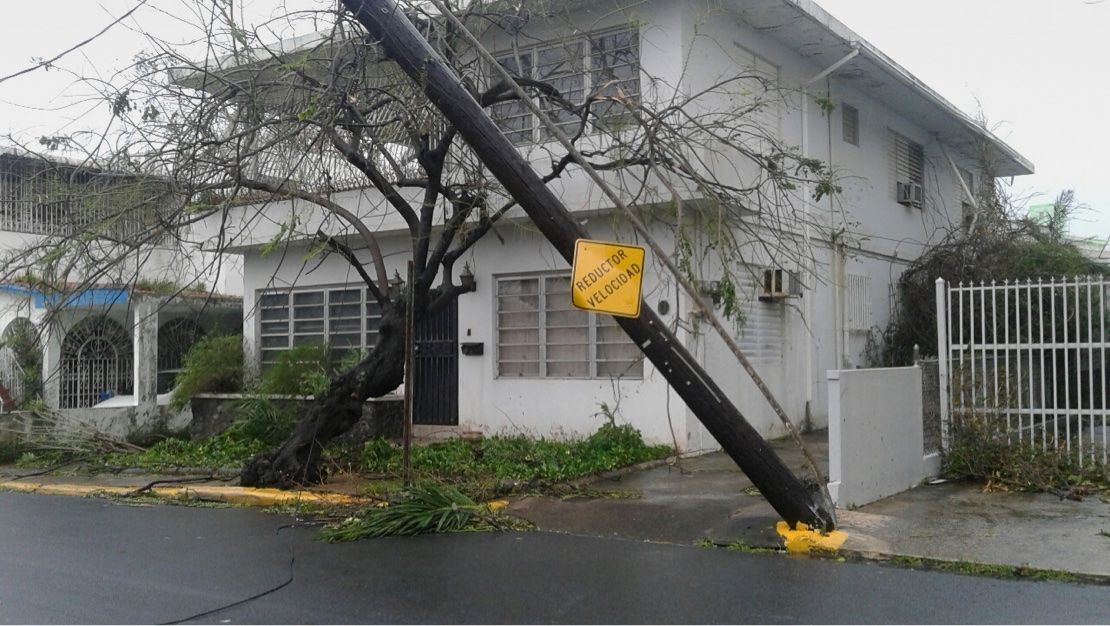

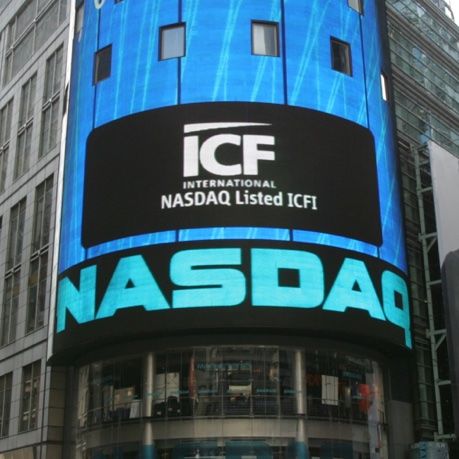
Our organic and acquisitive growth during the period from 1999 to 2006 allowed us to do something big: we went public on NASDAQ with the stock ticker ICFI on September 28, 2006, having raised $56M. That same year, compelled by our corporate commitment to environmental stewardship, we decided to take more responsibility for our carbon footprint. We became the first professional services firm in the world to achieve net carbon neutrality by purchasing high-quality carbon offsets.
From 2007 to 2009 we grew through a series of strategic acquisitions including: Energy and Environmental Analysis (EEA) (2007), enhancing our capabilities in alternative fuels such as natural gas, and in automotive emissions and fuel efficiency technologies that impact greenhouse gas emissions; Advanced Performance Consulting Group (APCG) (2007), broadening our capabilities in federal organizational performance, human capital, and strategic communications consulting; Z-Tech Corporation (2007), bringing additional health technology skills; Simat, Hilliesen & Eichner (SH&E) (2007), which added aviation consulting capabilities; Jones & Stokes (2008), expanding our geographic presence on the West Coast and bringing field-based environmental capabilities that established us as a leader in the environmental planning and infrastructure field; Macro International, Inc. (2009), which significantly increased our public health and international health portfolio; and Jacob & Sundstrom, Inc. (2009) which brought cybersecurity and identity and access management
At the same time we continued to grow organically, largely due to The White House’s significant investment in the economy following the financial crisis. We supported key infrastructure and implementation projects that were funded under the American Recovery and Reconstruction Act (ARRA). We worked with the Department of Agriculture to encourage the installation of broadband access to underserved and rural communities; with the Department of Education to support the Race to the Top program; and with the Centers for Disease Control and Prevention (CDC) to reduce the risk factors for chronic diseases. ICF’s organic growth in its federal business during this period was well above 10 percent.
We experienced robust double-digit growth in our commercial energy efficiency business during this period. This was driven by more than 30 state public utility commissions mandating the implementation of energy efficiency programs by utilities and providing a dedicated funding stream to support such programs, typically through a small public goods charge on energy bills. In 2008 we were selected to work with the Baltimore Gas and Electric Company (BGE), an Exelon Corporation company, to pioneer one of the first, longest-running energy efficiency programs in the nation. Since 2008 we have assisted utility clients in more than 30 states to design and implement innovative energy efficiency programs that help their customers save energy and money, while helping the states and utilities achieve efficiency targets and improve grid resiliency and reliability.
We expanded our geographic presence. In 2011 we acquired Canadian-based Marbek Resource Consultants Ltd, strengthening our position in energy efficiency, renewable energy, and pollution prevention programs. Also in 2011 we acquired Ironworks Consulting, L.L.C. which accelerated our technology implementation skills and was the first step in building what would eventually become a powerful commercial marketing technology services capability. A year later in 2012, we acquired London-based company GHK Holdings Limited, strengthening our advisory services capability in the U.K. and Europe. That same year, we purchased the Sustainability Information Management System (SIMS) platform, an analytical framework used by energy utilities to make informed decisions on resource consumption trends and program effectiveness.
In the midst of this growth we grew our disaster recovery and management offerings. In 2011 we helped launch the HUD Exchange, an award-winning online platform that provides program information, guidance, services, and tools to the U.S. Department of Housing and Urban Development’s (HUD) community partners to help build resilience before a disaster hits. In 2013 we expanded our work in disaster recovery, helping more than 30,000 people in the Northeast U.S. return to their homes or relocate to safer areas following the damage caused by Superstorm Sandy.




Over the last few years we’ve continued to expand our work in Europe. In 2013 we partnered with the U.K. Department of Business, Energy and Industry Strategy (BEIS) on the Energy Using Products Programme, building on our ENERGY STAR work. To this day, we provide technical and economic analysis services to the U.K. government, influencing European Union (EU) regulations on mandatory Minimum Energy Performance Standards (MEPS) and energy labels for domestic products including appliances, lighting, and other devices. We also manage applications and assessment criteria for a U.K. incentive program to encourage industrial and commercial consumers to purchase highly energy-efficient products. The project established ICF as a recognized program contractor for the U.K. government. Since then we have expanded our services to BEIS and now deliver support for the Energy Technologies List and the Industrial Heat Recovery Support Programme (IHRS), a GBP 18 million grant programme to support feasibility studies, detailed engineering and capital expenditure analysis on IHR projects in the U.K.
In 2014 together with AIDSInfo and the National Institues of Health (NIH) we helped develop the AIDSinfo Drug Database app to address the increased use of mobile devices to access health information. A year later we worked with the NIH to pilot the Navigator Program for ClinicalTrials.gov data providers, contributing to more timely access and transparency of clinical trial information for researchers, patients, and health care providers.
Starting in 2015 we worked with the EU Network of Public Employment Servies (PES) to establish a formal and highly engaging mutual learning program that connects jobseekers with employers to help reduce the soaring levels of unemployment across the EU. We started working with the European Commission and China on climate change, emissions trading and cooperation on energy. Beginning in 2016 we launched another impactful project for the EU: the EU Aid Volunteers programme, which trains young volunteers for humanitarian aid. Also in 2016 we started working with the European Commission to strengthen relationships with North America and China on sustainable urban development, climate change, and cooperation on energy programs.
In 2016, leaders from around the world signed the Paris Agreement, the first-ever universal, legally binding global climate deal. ICF is working with countries in Asia, the European Union, and North America to help meet the goals of the Paris Agreement by designing and implementing climate policies including emissions trading systems. For almost 30 years, beginning with the work we did in support of the Montreal Protocol in 1987, we have provided integrated and holistic climate services to clients around the globe.
In 2017 we again expanded our disaster recovery work with the launch of projects in Texas and Puerto Rico. This work is focused on helping residents and communities recover in the aftermath of Hurricanes Harvey, one of the most costly and damaging storms on record and Maria, the most powerful and devastating storm to ever hit the island of Puerto Rico. In addition to case and project management, we are bringing new innovation to recovery efforts. In Puerto Rico, we are partnering with the Federal Emergency Management Agency (FEMA) to leverage innovative technologies including drones and 3D modeling to quickly assess damage and expedite access to federal recovery funds. In 2018 we acquired DMS Disaster Consultants, which now operates as part of our disaster management and resilience division.
For decades ICF has delivered strategic communications services to U.S. government clients, including the expansion of our early work with the ENERGY STAR program. As the state of the art in commercial marketing technology advanced, ICF moved to expand its capabilities in this newly emerging space. The 2011 acquisition of Ironworks was the beginning of this effort, followed by the 2014 acquisitions of CityTech and Olson, which together greatly increased our service to commercial sector customers in marketing, communications, and marketing technology. In 2014 we also acquired Mostra SA, a leader in strategic communications for the European Commission. We followed that by acquiring The Future Customer in 2017 and We Are Vista in 2018, both marketing firms based in the U.K. serving the private sector.
In 2019 we launched ICF Next, a new division within ICF Consulting. ICF Next encompasses all of our marketing, communications, and technology organizations to bring our outreach and engagement capabilities to private and public sector clients worldwide. ICF Next represents an exciting period in our evolution, enhancing our ability to bring our complete set of capabilities to clients in the energy, financial, consumer, government, health, and travel and hospitality industries. For example, we worked with the Belize Tourism Board (initially as Olson, later acquired by ICF), to create a 95 percent year-over-year increase in tourism growth; we serve three of the largest global hoteliers to provide loyalty marketing services; and we partnered with the CDC to launch the Be Antibiotics Aware campaign to promote appropriate antibiotic prescribing and use. We supported the CDC on RxAwareness to help combat the nationwide opioid epidemic. And we helped the European Union engage its citizens on policy issues (initially as Mostra SA, later acquired by ICF).


